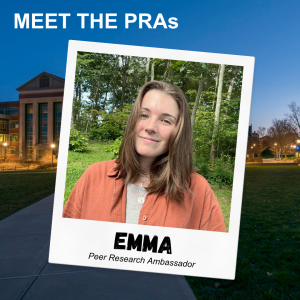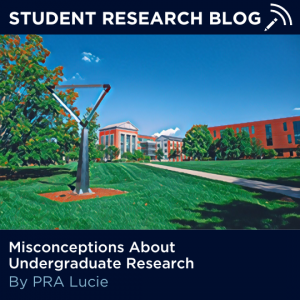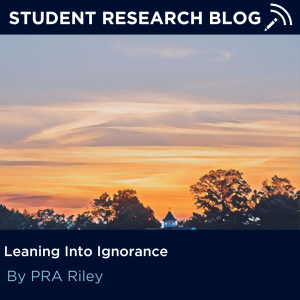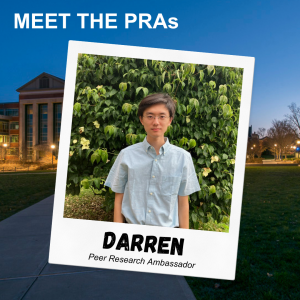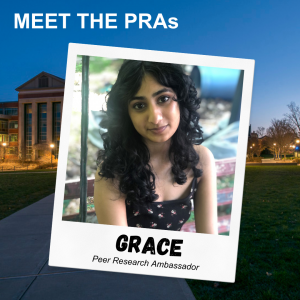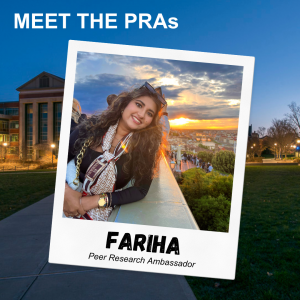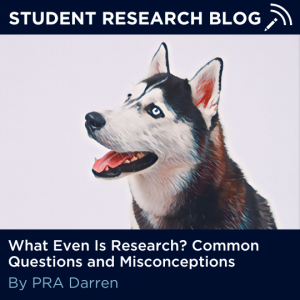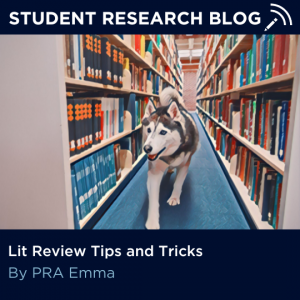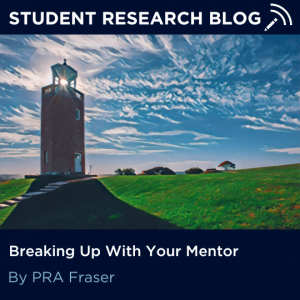By Grace Vaidian, Peer Research Ambassador
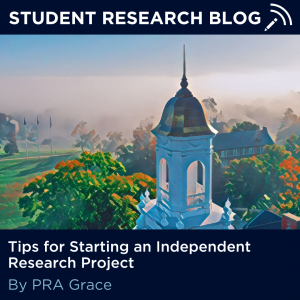 As I transitioned from conducting research in high school to embarking on a new academic journey in higher education at UConn, I couldn’t help but notice some distinct differences in the research landscape. Back in high school, my research endeavors were predominantly solitary. I would conceive a project idea, gather the data, write a research paper, and even compete in science competitions, all largely on my own. However, once I became an undergrad at UConn, I quickly realized that the normal approach to research was notably different.
As I transitioned from conducting research in high school to embarking on a new academic journey in higher education at UConn, I couldn’t help but notice some distinct differences in the research landscape. Back in high school, my research endeavors were predominantly solitary. I would conceive a project idea, gather the data, write a research paper, and even compete in science competitions, all largely on my own. However, once I became an undergrad at UConn, I quickly realized that the normal approach to research was notably different.
Here at UConn, a prevalent avenue for delving into research is to reach out to professors and join their existing projects. While the structure and guidance that this approach offers can be undeniably valuable (it’s how I obtained the research opportunities I’m currently working on!), there are students who feel like they have a brilliant research idea of their own but lack the know-how to bring these projects to life. I’m here to offer some tips on how to initiate and successfully navigate an independent research project. Continue reading
